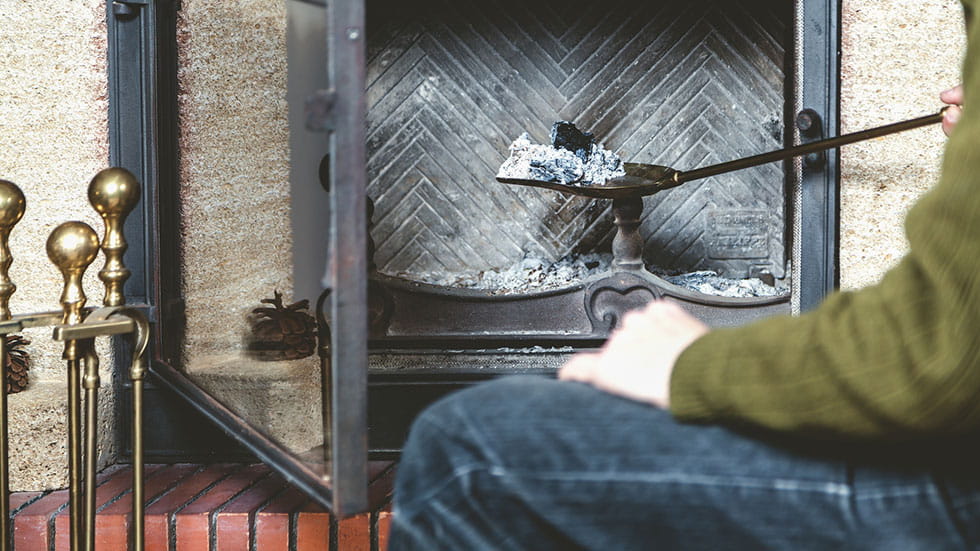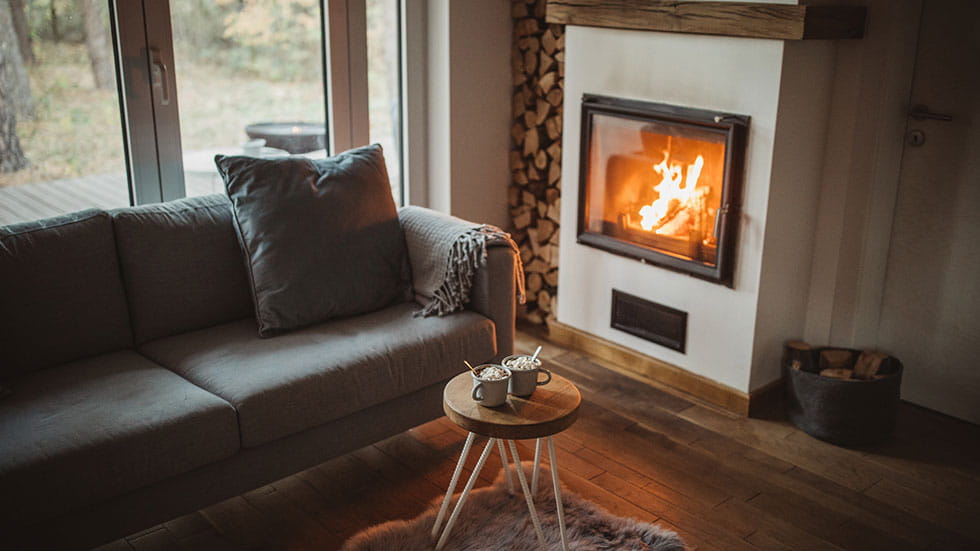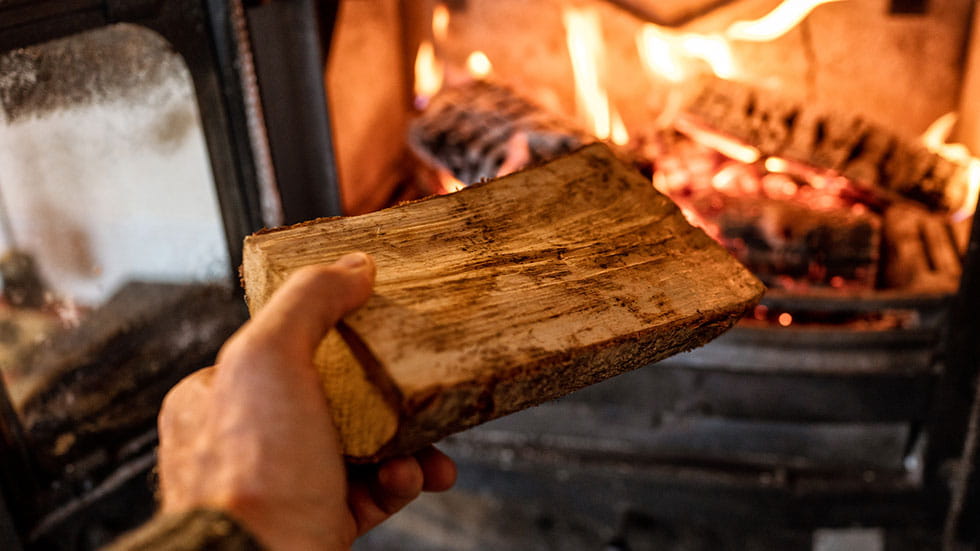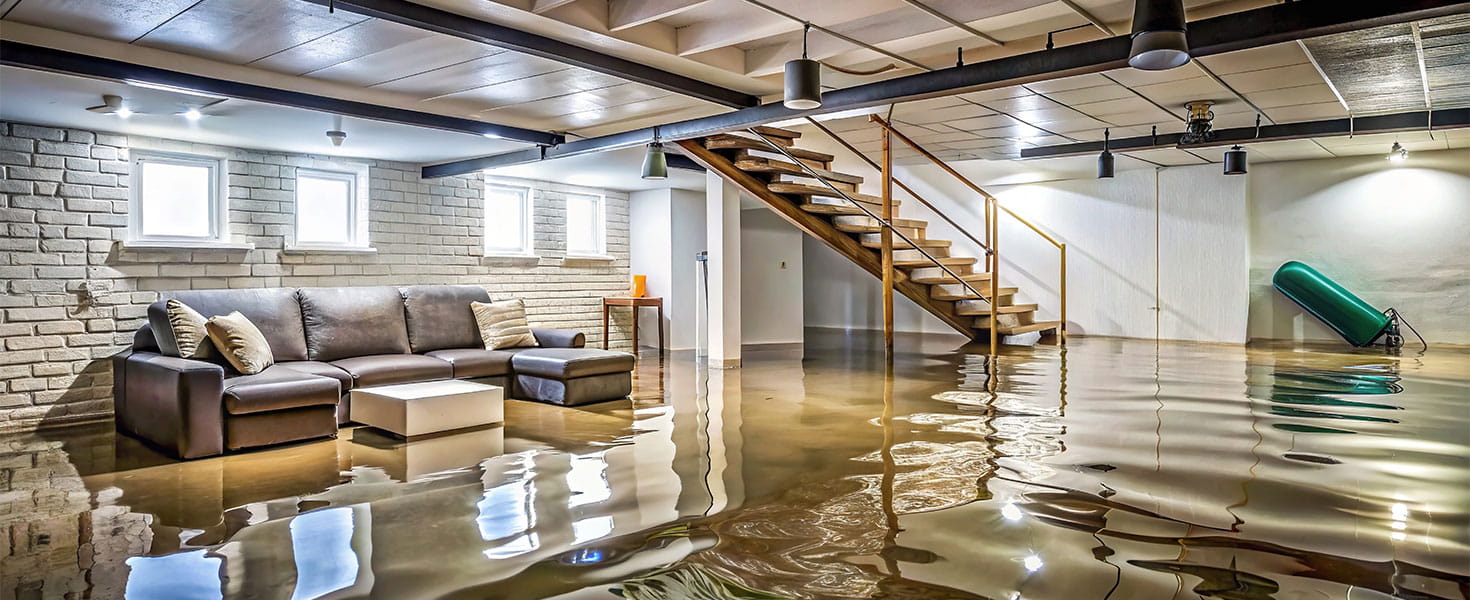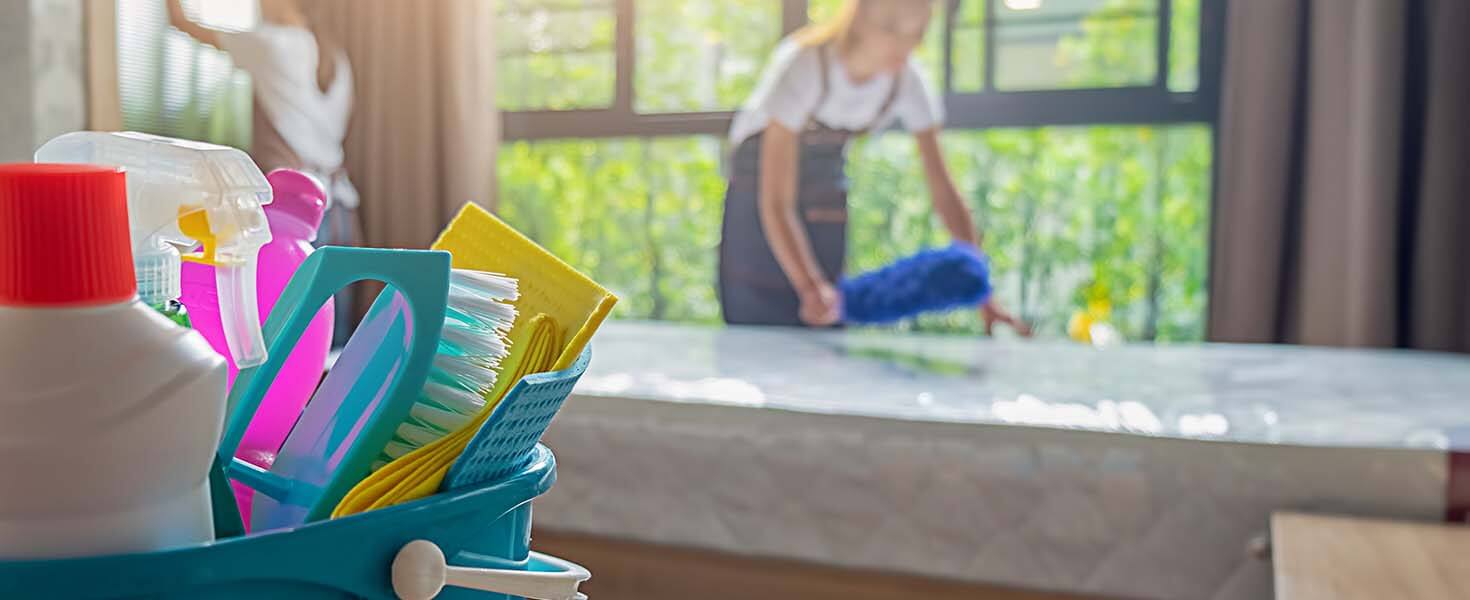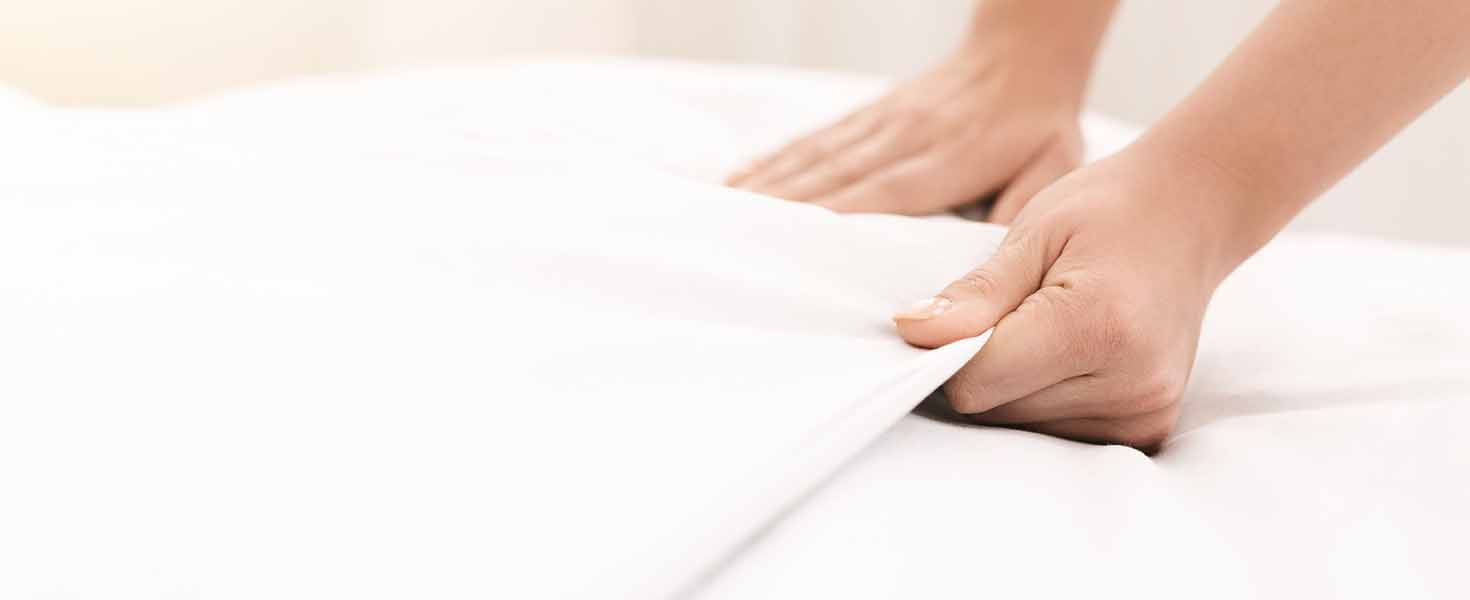One of the best parts about the cooler months is relaxing by the dancing flames and intermittent pops of a warm fire. Before you light your fireplace, it’s important to ensure that it’s properly prepared and that you take the necessary safety precautions
- Clear the area around the fireplace of anything that is flammable.
- Clean out ashes from the previous fire to ensure airflow isn't restricted. There should be less than 1 inch at the base of the fireplace.
- Use dry, well-aged wood.
- Open the damper or flue—keep it open until the fire is completely extinguished.
- Keep a window open while your fire is burning.
- Never leave a fire unattended, including when you go to bed.
REGULAR MAINTENANCE
There are also a number of things you should do regularly to help ensure your fireplace stays safe:
- Have the chimney inspected and cleaned annually by a professional chimney sweep, ideally someone who is certified by the Chimney Safety Institute of America or a member of the National Chimney Sweep Guild. The inspection/cleaning should include checking for damage and buildup.
- Ensure that you have a working fire extinguisher.
- Install a smoke detector and carbon monoxide detector. Check these monthly and change the batteries every year.
THE BEST WOODS TO BURN
Okay, so you’ve had your fireplace inspected and taken the necessary safety precautions. You’re ready for your first fire of the season. So, what is the best wood to burn?
The short answer is hardwood, like maple, oak, ash, birch, and most fruit trees. They provide longer, hotter burn times, usually have less pitch or sap, and are cleaner to handle. Unfortunately, these superior characteristics mean that they are generally more expensive, and they are more likely to leave a hard, stony residue—sometimes called clinkers—in the ashes.
Softwoods, like pine, balsam, spruce, cedar, tamarack, alder, and poplar, are generally cheaper. However, they tend to burn faster and are often messy to handle. Burning softwoods also causes a faster buildup of creosote, a black, oily residue created from incomplete combustion of oils in the wood. Take caution, as a buildup of creosote restricts airflow and increases the risk of a chimney fire, as it's highly flammable.
Regardless of which type of wood you burn, it’s important that it’s properly dried or seasoned. Insufficiently dried wood, called green wood, tends to produce more smoke and more creosote, while providing less heat. To ensure your wood is properly seasoned, it should be stacked for efficient air circulation and stored in a dry area, with a cover only on the top of the stacked wood. Burn older wood first to keep it from rotting.
DON'T BURN THESE MATERIALS
To avoid dangerous toxins and to enjoy the cleanest, warmest fire, avoid burning these materials:
- Pressure-treated lumber
- Painted or varnished wood
- Trim or other wood by-products
- Driftwood
- Compressed paper products like hardboard
- Engineered sheet goods like plywood, MDF, or particleboard
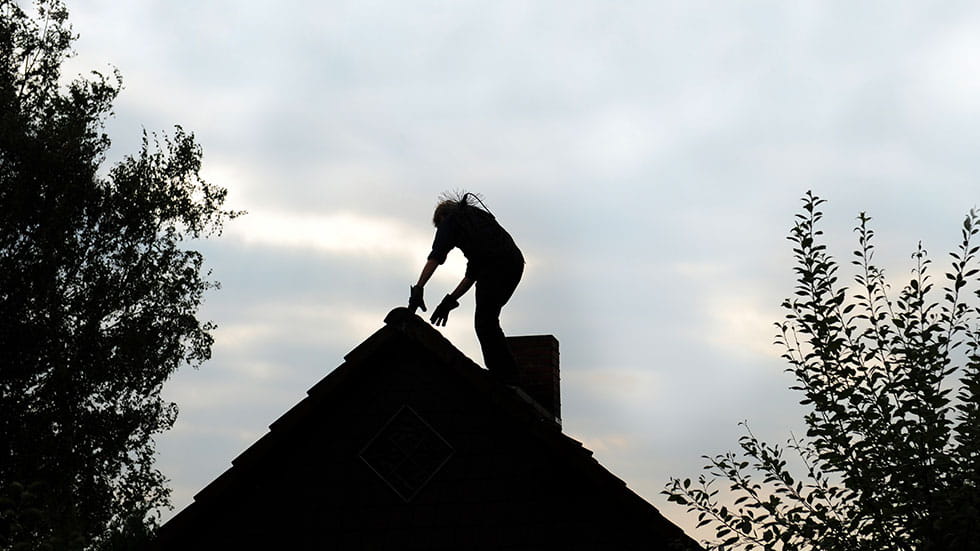
POST-SEASON TASKS
Okay, you’ve had a wonderful fall and winter, but spring is just around the corner. What do you do now?
Once your chimney is clean, it’s time to close your flue so your air-conditioning doesn’t escape during the summer months. Spring is also a good time to gather and store wood, so it can dry out properly. Once these chores are finished, there’s nothing to do but wait for all the cozy, relaxing time you’ll have next fireplace season.










